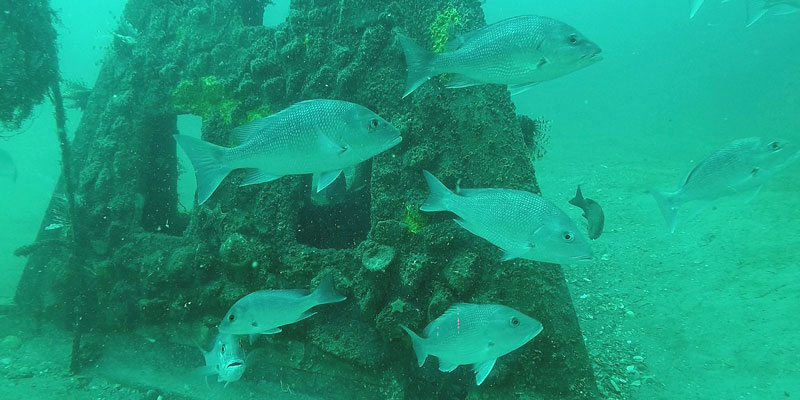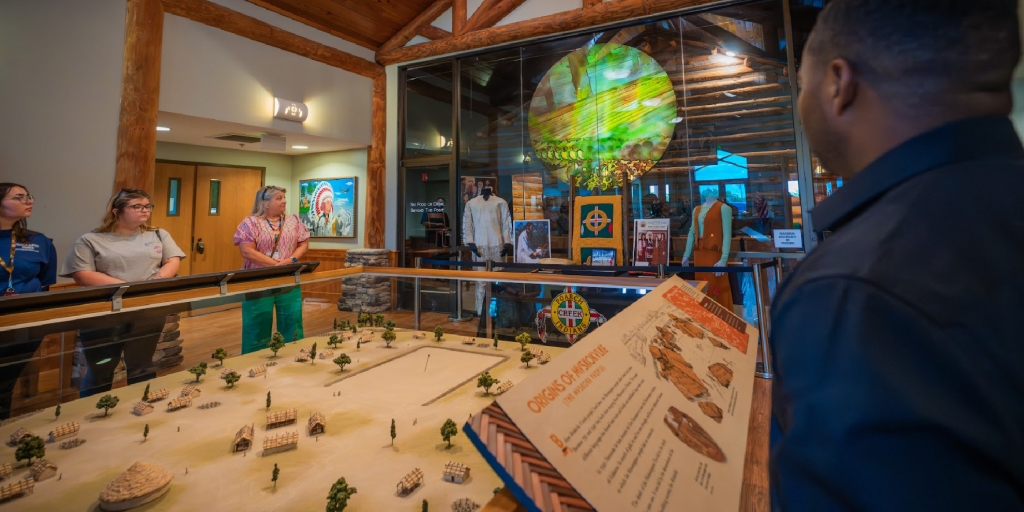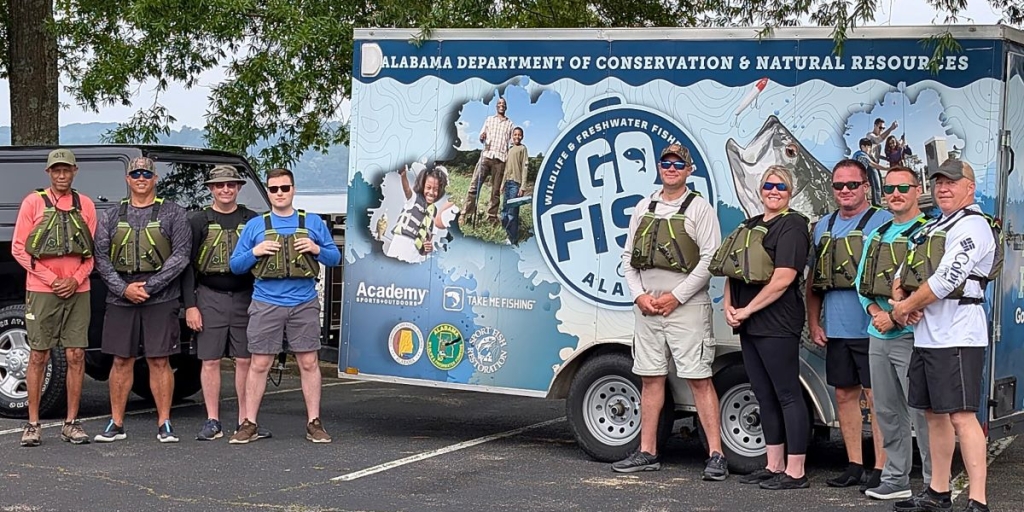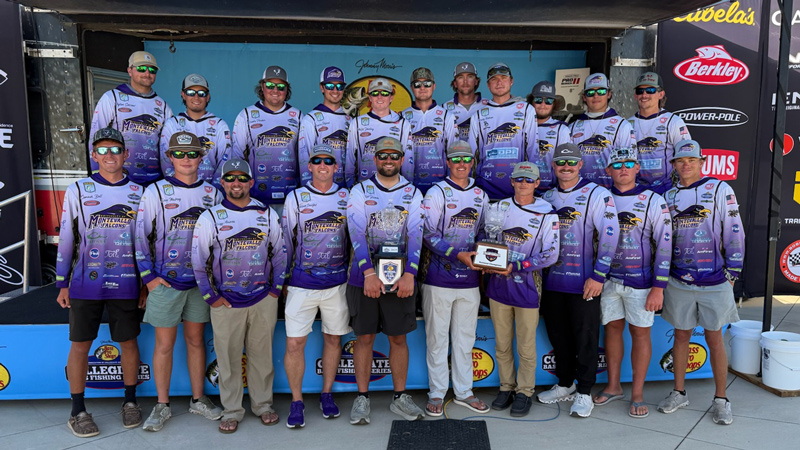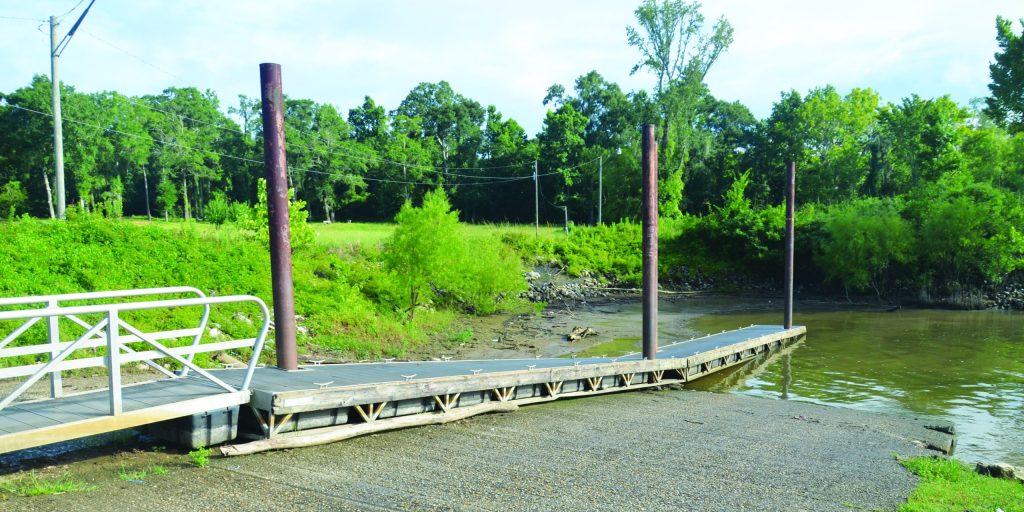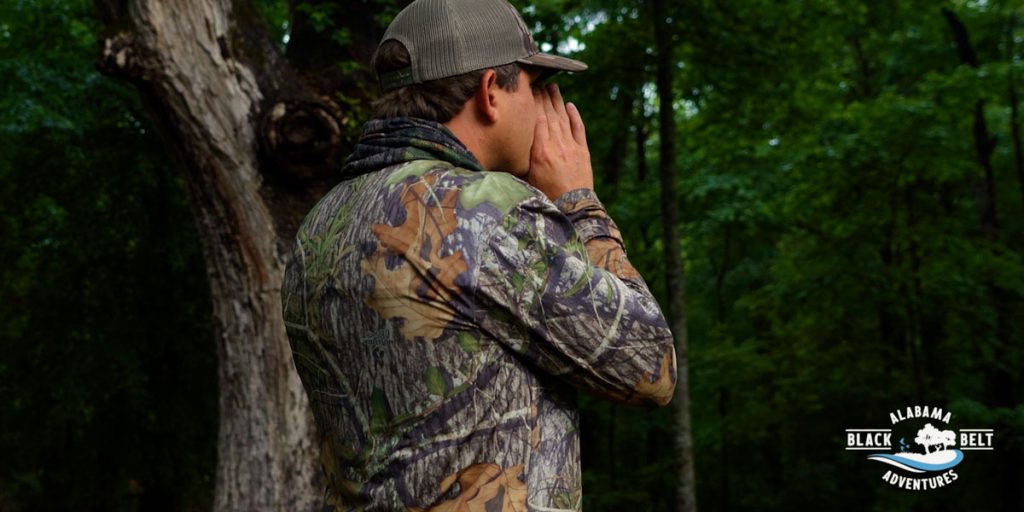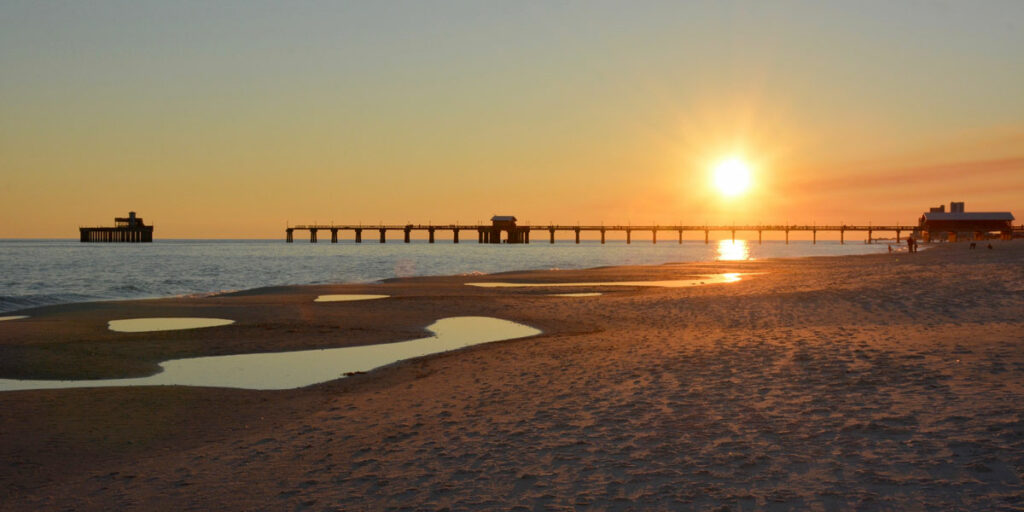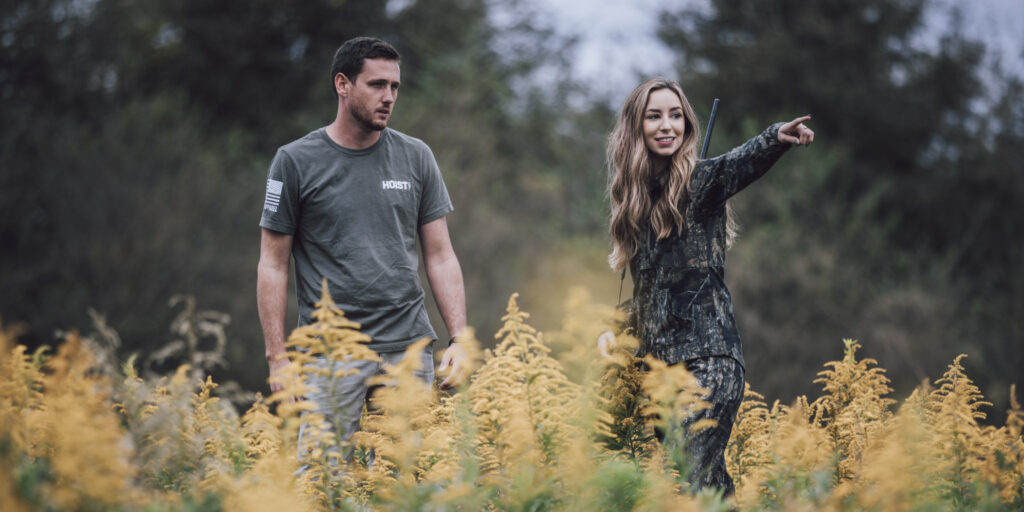Despite the tumult caused by Hurricane Sally’s direct hit, the October 10-12 red snapper season is still on for Alabama’s private recreational anglers.
The hurdle for many of those private recreational anglers is finding a friend with a boat undamaged by Sally’s Category 2 winds and storm surge.
“Our intention is to keep the three-day season in October open,” said Scott Bannon, Director of the Alabama Department of Conservation and Natural Resources’ Marine Resources Division (MRD). “If people have the opportunity to participate, they will. We’ll get the numbers through Snapper Check and our surveys after that. Our promise is that we want to use all of the quota we have. If the weather is bad or participation is extremely low, we could look at additional days. I think there will be enough people. Our concern is the south Baldwin folks who were on or near the water suffered an extreme amount of damage. The number of boats that are damaged is possibly in the thousands. That could have an impact on all fisheries. From a fish stock standpoint, we’re going to see the pressure off for a few weeks and that can have some benefits. For the anglers, it’s some lost opportunities.”
For those boats that are seaworthy and return to Alabama’s unparalleled artificial reef zones, there’s no guarantee their favorite reefs will still be in the same location, according to Dr. Bob Shipp, professor emeritus at the University of South Alabama’s Marine Sciences Department, who has witnessed the destruction of hurricanes Frederic, Ivan and Katrina as well as Sally during his tenure.
“The impact of a storm like this goes surprisingly deep,” Shipp said. “Several studies have been done, and with a major hurricane like this, the impact is well over 100 feet deep. For fisheries, what we have is the ones really impacted are the reef species. We’ve been tagging red snapper and triggerfish for years. What we found is they stay put year after year. They don’t leave the reef until there’s a storm. Then they may show up 50 miles away to another reef. The (fish) movement is usually west to east, but I don’t know if that is something we can count on.”
Shipp said some of the reef structures in the 1,060-square-mile artificial reef zones were likely moved or covered with sand.
“The pyramids that David Walter (Reefmaker) puts down seem to be pretty stable, but the smaller reefs, like the chicken coops, get blown all over the place,” he said. “It’s going to be interesting when things settle down. There’s going to be lots and lots of reefs in different locations and nobody will have the numbers. People are going to be out running over these reefs and building new sets of numbers.”
Director Bannon agreed that reefs built of lighter material will likely be relocated.
“I saw some reports of wave heights of 30 feet,” Bannon said. “That’s a lot of energy dispersed in the nearshore zones. But the pyramids have proven to be pretty resilient. The shape helps keep them in place. If they have been there for any amount of time, they have subsided, or sunk into the bottom, and that helps keep them from rolling. We have seen them turn over before, but they stay in that area. They don’t disappear.”
Shipp wants boaters who venture out to be aware of potential hazards to navigation in displaced piers, pilings and other debris.
“There’s going to be an awful lot of floating debris for a while,” Shipp said. “It always concerns me that these boats with twins or triples (outboards) can go 50 knots. If you hit something going that fast, one can only guess the results. If you’re going to be extra careful, this is the time to do it.”
Bannon added, “Anytime we have a storm event or high-water event, all kinds of debris ends up in the water. You have material blown into the water from the hurricane, and the rain dumped on the rest of the state will cause all sorts of material to come down the high rivers. Boaters definitely need to be aware of this. This is going to be an ongoing concern, potentially for the next couple of years.”
As for the inshore fishing reefs, Bannon said MRD personnel are checking the reefs to make sure the pilings and lighting remain. Sonar surveys are also planned to check that the reef material is intact.
“Our current major concern is for the oyster reefs,” Bannon said. “We are going to try to open in October. Our surveys prior to the storm showed we were going to have a productive season, more than we did last season.”
Last oyster season, about 12,000 sacks of prime oysters came out of Alabama waters. Bannon said the estimate before Sally was an increase in harvest of about two-thirds.
“But with three days of heavy northeast winds and a lot of wave action, we have concerns about the oysters at Cedar Point East and each side of the Dauphin Island Bridge,” he said. “Those oysters may have been moved or potentially covered up. We will be conducting surveys over the next couple of weeks to evaluate that. We are still planning to open up. Additionally, 100 boats of harvesters will also let us know what they are finding after we open up.”
Bannon said a great deal of evaluation work is being done on MRD facilities and boat ramps to determine the repairs needed. The MRD office on Dauphin Island suffered roof and water damage, while the Enforcement Section boat docks were destroyed.
At the MRD Gulf Shores facilities, which include the Claude Peteet Mariculture Center, minor damage occurred with the exception of the loss of four greenhouse-type structures used by MRD and Auburn University. Bannon said the MRD staff is to be commended for ensuring the many brood fish housed in the main facilities were protected.
“The facility is designed to take a certain amount of wind load,” he said. “We have an emergency generator, and it stayed on the whole time. All of the fish in the facility are still intact. I’m very proud of our staff. They were able to go in at various times to make sure the fish were fed, and all the systems were running even though they were without power in their homes and the roads were covered in downed trees and power lines.”
One challenge for the Peteet facility is having access to water with proper salinity levels. Before the storm, a pipeline from the middle of Gulf State Park Pier fed saltwater to the spawning facility. With the tragic damage to the pier, Bannon said that pipeline intake will have to be inspected and repaired if damaged.
“We did store up some water prior to the storm,” he said. “It’s an invaluable asset to have that pipeline. It is extremely unfortunate that a section of the pier collapsed, which impacts so many anglers and tourists in addition to our pipeline.”
The good news is that most of the boat ramps that the state operates only had minor damage.
Bannon said he has major concerns for the status of Alabama’s for-hire fishing fleet (charter boats) because of two factors.
“I don’t know of any marina in south Alabama that was untouched,” he said. “Most were destroyed. This will have a major impact on both the inshore and offshore for-hire fishing. First we had the impact from COVID-19 and now Hurricane Sally. It’s a double whammy. But I would encourage anyone who had a trip booked or is planning a trip to find out if the boats are running. The captains are resilient and industrious, so they are working very hard to provide service to the public. Some charters are already running again, which is awesome.”
David Rainer is an award-winning writer who has covered Alabama’s great outdoors for 25 years. The former outdoors editor at the Mobile Press-Register, he writes for Outdoor Alabama, the website of the Alabama Department of Conservation and Natural Resources.




